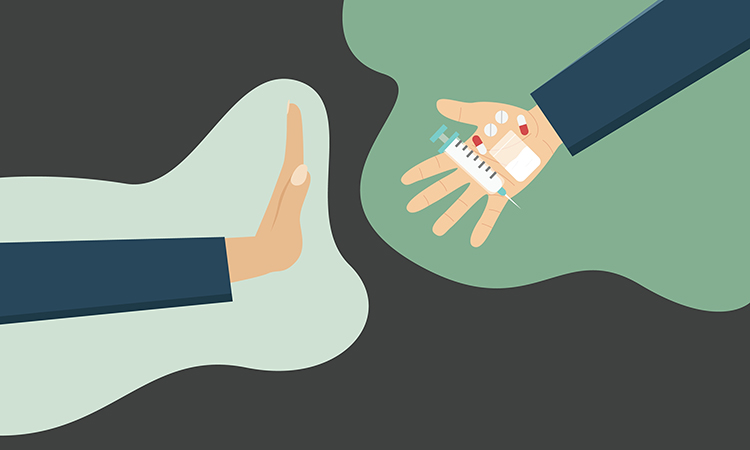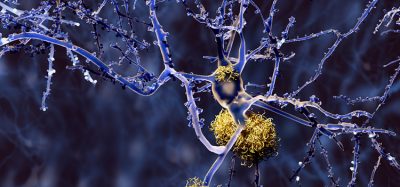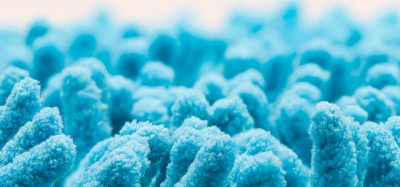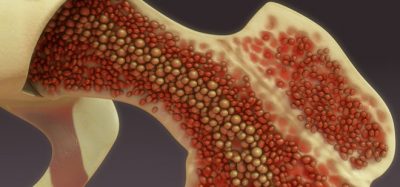New brain mechanism involved in cocaine addiction has been identified
Posted: 29 June 2022 | Nic Losardo (Drug Target Review) | No comments yet
Researchers have found that blocking certain acetylcholine receptors in the lateral habenula made it harder to resist seeking cocaine in a rat model of addiction.


A study supported by the US National Institute on Drug Abuse (NIDA) has highlighted that that blocking certain acetylcholine receptors in the lateral habenula (LHb), an area of the brain that balances reward and aversion, made it harder for rats to resist seeking cocaine. These findings, which were recently published in the Journal of Neuroscience, identify a new role for these receptors that may represent a future target for the development of treatments for cocaine addiction, for which there are currently no approved medications.
“This discovery gives researchers a new, specific target toward solving a problem that has long been elusive – developing treatments for cocaine addiction,” said Dr Nora Volkow.
Researchers are particularly interested in the LHb as a target for future treatment development because of its position as an interface between brain regions involved with reasoning and other higher order thought processes and those mediating emotion and reward – factors known to be associated with substance use disorders as well as major depressive disorders.
Building on previous work that established the importance of the LHb and acetylcholine receptor signalling in impulsive cocaine-seeking, this study further defines the cellular mechanisms through which LHb neurons regulate this behaviour. Researchers used a behavioural paradigm called the Go/NoGo model in rats. In this model, rats were trained to self-administer cocaine, where a lever press led to an injection of the drug. This was followed by specific training in the Go/NoGo task where cocaine was available when the lights were on (Go), but not when the lights were off (NoGo). Animals quickly learned to stop responding when cocaine was not available.
The researchers then chemically manipulated the LHb, to assess the impact on the rats’ ability to withhold their response to cocaine. They found that response inhibition for cocaine was impaired by blocking a specific type of muscarinic acetylcholine receptor, known as M2Rs, with an experimental drug called AFDX-116, and not with a drug called pirenzepine that blocks other muscarinic acetylcholine receptors known as M1Rs. Thus, when M2Rs were blocked in the LHb the rodents were no longer able to stop responding for cocaine even when it was not available (the “NoGo” condition), despite the training. This indicates that increasing LHb M2R function may represent a potential target for treating impulsive drug seeking and substance use disorders.
The researchers also studied the cellular mechanisms by which M2Rs alter LHb neuronal activity by measuring changes in the electrical activity of these neurons in response to acetylcholine-like drugs. Although these drugs reduced both excitatory and inhibitory inputs onto LHb neurons, there was a net increase in inhibition, which may account for acetylcholine’s ability to limit impulsive cocaine seeking.
“While the immediate results of this study are related to cocaine seeking, there are also greater implications for impulsivity as it relates to other drugs as well as to psychiatric conditions like obsessive-compulsive disorder. Our future studies will explore the relationship between LHb activity and impulsive behaviour related to other drugs such as cannabis, and opioids such as heroin,” concluded Dr Carl Lupica.
Related topics
Drug Leads, Drug Targets, Neurosciences, Therapeutics
Related conditions
Cocaine addiction, substance use disorders
Related organisations
US National Institute on Drug Abuse (NIDA)
Related people
Dr Carl Lupica, Dr Nora Volkow








